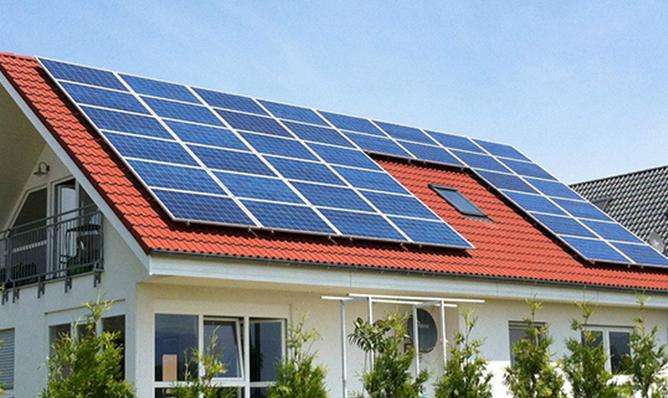Mainly through respiration and decomposition.
Microorganisms produce various enzymes to convert macromolecular organic matter into small molecule organic matter (decomposition process), then transport the small molecule organic matter into the body for respiration and transform it into inorganic matter (respiration process).
Microbes generally have extremely efficient biochemical transformation capabilities. Lactobacilli can break down 1,000 to 10,000 times their own weight into lactose in 1 hour, and the protein synthesis capacity of Candida priogens is 100 times that of soy protein.
Detailed information:
For example, find the key genes for the degradation of different pollutants, combine them in a certain strain, and construct a high-efficiency genetically modified strain with the potential to improve the environment and eliminate pollution.
Conversion between substances can be achieved by chemical reactions, conversion of thermal energy, conversion of kinetic energy, conversion of light energy, nuclear energy conversion and biological transformation.
1. Chemical reaction:
Chemical reaction is one of the most common forms of transformation between substances. It involves the rearrangement of atoms in a substance to form new bonds and chemical compounds. There are several types of chemical reactionslles as acid-base neutralization, redox reactions, reduction reactions, displacement reactions, etc. These reactions generally require appropriate temperature, pressure, and catalysts to take place.
2. Thermal Energy Conversion:
Thermal energy conversion is the process of transferring thermal energy from one substance to another or converting thermal energy into other forms of energy. Common transformations of thermal energy include thermal conduction, convection, and radiation. These conversion processes play an important role in thermodynamics and are widely used in heating, air conditioning, boilers and other thermal equipment.
3. Kinetic Energy Conversion:
Kinetic energy conversion involves converting the energy of motion of an object into other forms of energy. For example, mechanical energy can bebe converted into electrical energy or other forms of energy by mechanical devices such as motors, generators, turbines. Additionally, kinetic energy can be converted into thermal energy by braking devices.
4. Light energy conversion:
Light energy conversion refers to the conversion of sunlight or other electromagnetic radiation energy into other forms of energy. Solar panels are one of the most common light energy conversion devices that convert sunlight into electrical energy. Additionally, light energy can also be converted into chemical energy through photosynthesis, providing energy for plant growth and metabolism.
5. Nuclear energy conversion:
Nuclear Energy conversion involves nuclear reactions and fission processes inside the nucleus. Nuclear reactions can convert nuclear energy into other forms of energy. For example, nuclear fusion can produce enormous amounts of energy, and nuclear fission can also release considerable energy. Nuclear energy conversion is used in nuclear power plants and nuclear weapons.
6. Biotransformation:
Biological transformation refers to various chemical processes in organisms, including metabolism, enzyme-catalyzed reactions, and biosynthesis. Biotransformations often occur in cells and are used to convert nutrients into energy, metabolize wastes, synthesize organic compounds, and regulate chemical balance within organisms.














